When I was first trying to find a publisher for my book, my agent was told that interiors books weren’t really popular. That they didn’t sell well and they weren’t that interested in them. Well, we persevered and many of you will know how that turned out. However, there has been a bit of a sea change. Because when Phaidon publishes a book on interiors, you know that they’re back.
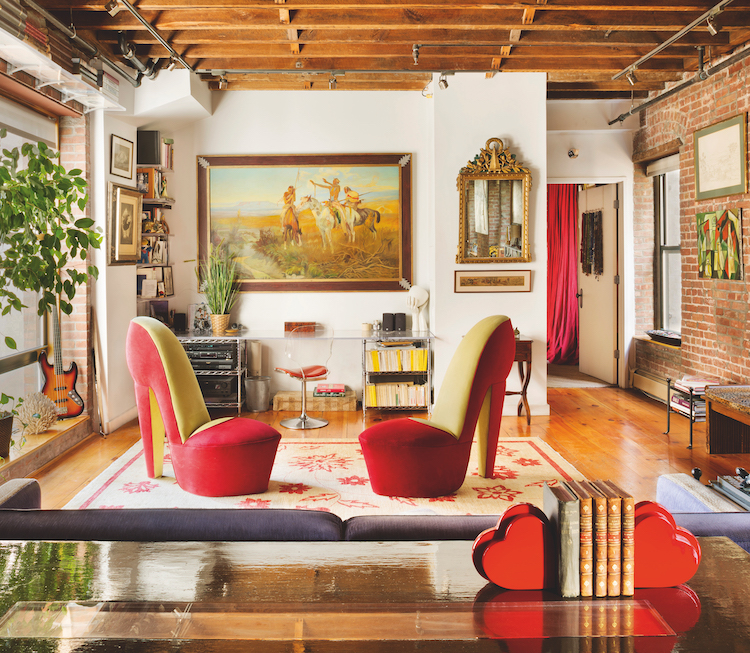
The company already publishes The Fashion Book and The Art Book and yes, while wildly collectable, they are also great points of reference for anyone who is interested in the subject. And now, for the first time, from tomorrow there will be a book: Interiors: The Greatest Rooms of The Century.
Swathed in tessellated velvet there is a choice of platinum, midnight, merlot and saffron covers because it has to go with your decor right? Details aside, the book, which costs £59.95 (but you will be able to buy it cheaper) has 400 rooms in 27 countries with the sole criterium being that they must all be residential. There are no hotels and restaurants here.
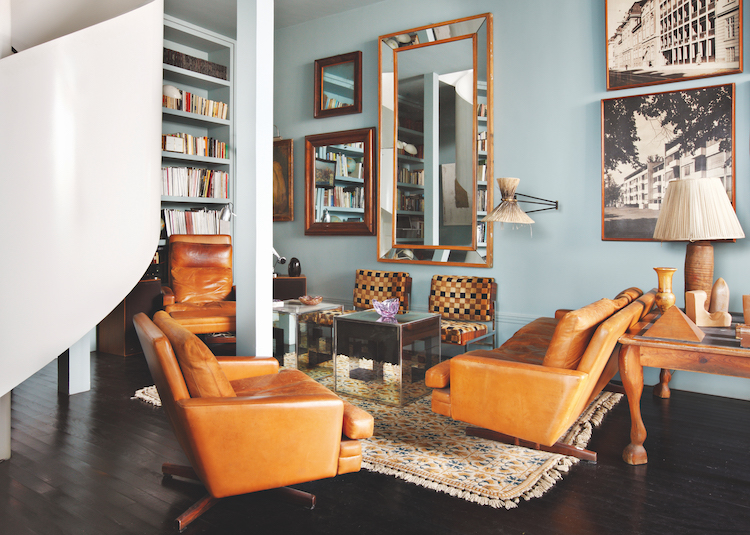
The earliest rooms are by Lutyens from 1902 (which looks surprisingly contemporary) and continue to 2016 (it’s a 119 years because as, William Norwich, the editor, points out – design decades can overlap: “when people talk about the 1960s they often mean the early 70s as well so there is some poetic licence in the dates” ). I am going to show you the design through the decades in a couple of posts next week and the week after, but today I wanted to tell you about the book and speak to its compilers at Phaidon who had the immense task of wading through thousands of suggestions to find the best 400.
At the beginning are four essays on creating interiors, what we can learn from them and the thorny question of what constitutes good taste.
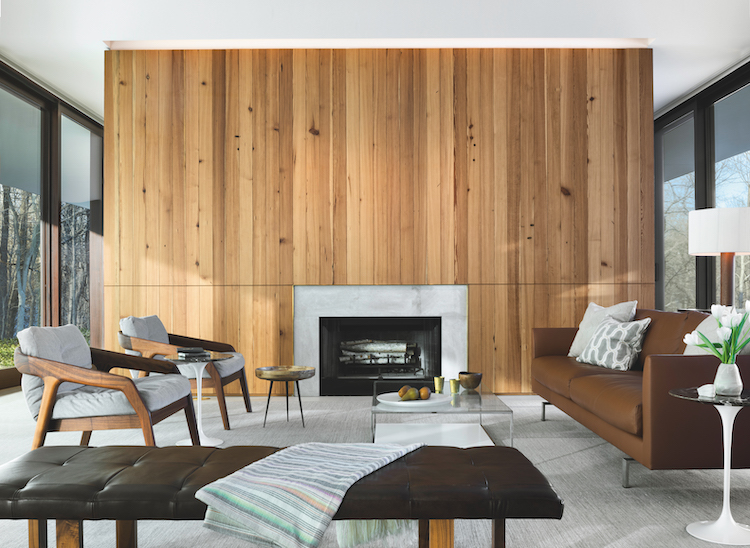
William Norwich, says: “Today we all know that pleasingly proportioned rooms inspire, almost magically, a sense of calm. That it is best, when on a budget, to invest in comfortable chairs and sofas rather than flashy knickknacks and that we should build and decorate houses based on our individual needs rather than popular trends.”
So this book isn’t about advice or design rules but more of the role of photography in documenting all the styles, periods, trends that have come along since the start of the 20th century. Because if it wasn’t photographed and put in a magazine would it have ever become a style to be copied and to inspire?
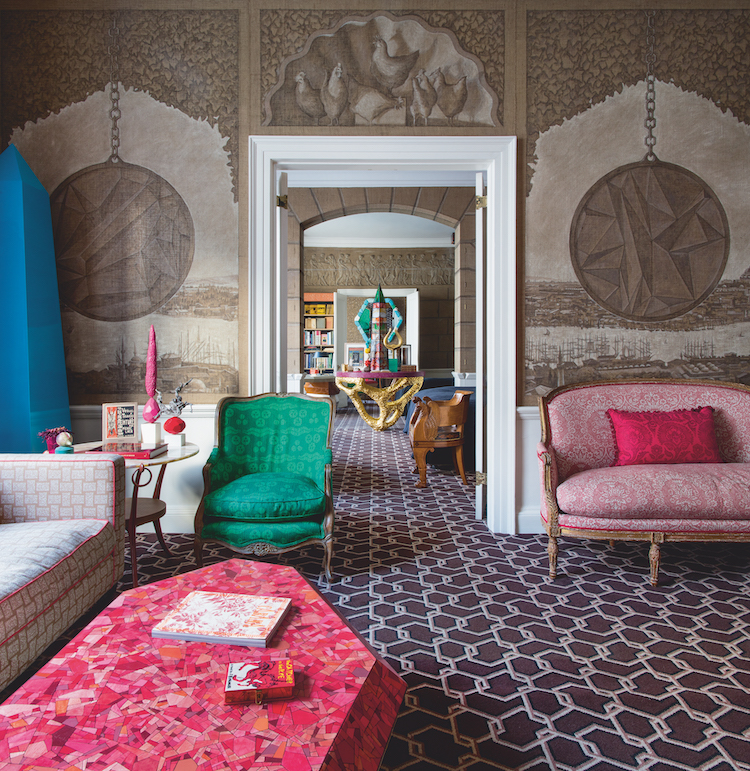
After all, as Diane Vreeland, former editor of US Vogue, said: “Few things are more fascinating than the opportunity to see how other people live during their private hours. In the rooms they love… among their personal possessions … organising their domestic arrangements to fit the pattern of their lives.”
And what is that if not, here in the 21st century, Instagram, which does exactly the same thing? And then, as Norwich says: Is [that] conspicuous consumerism, flagrant status-seeking? Or isn’t feathering a nest the best kind of soldiering on, showing how the harmonies of a refuge of one’s own can soothe in an inharmonious world?”
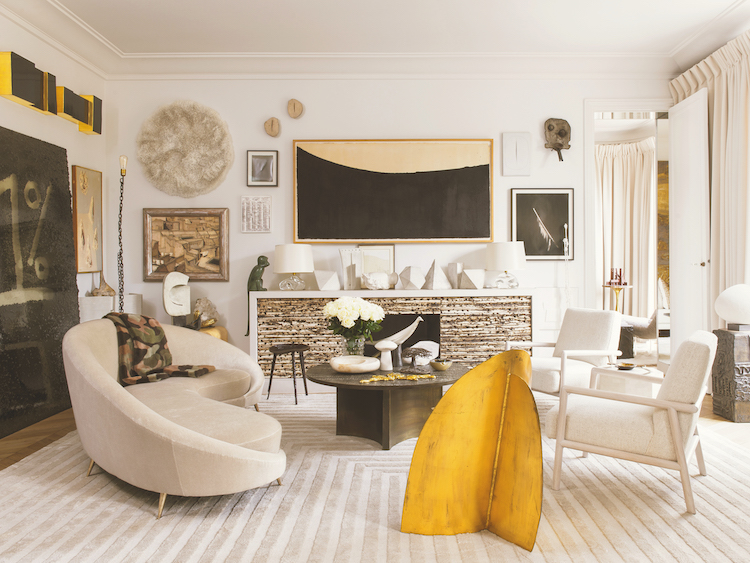
David Netto, in his essay, makes the point that Pinterest and Instagram have allowed everyone to see rooms that previously they would have had to grow up in proximity to, or to be able to afford glossy coffee table books about. Now we can see inside homes from all around the world at the click of a button. That has, he says, unleashed a kind of viral design theory which, in turn, accounts “more than any other factor for the resurgence of interest in traditional interiors, particularly in their being perceived as hip.
“The real question is, with Pinterest boards governing every decision and people becoming so well-educated on history that was obscure heretofore, what of this originality that is a requisite of any great era of design? … Interior design is finally being given its due and recognised as an art form but what will the great rooms of the future look like?” That, he concludes, is for the next edition.

But of course, running through all this like words through a stick of rock is the question, or is it, as Carolina Irving, suggests, the problem of good taste. Worrying about what is good, bad or non-existent has done more damage to interior design than anything else.
“Trying too hard to get a room right, gather a consensus of positive opinion and approval, to follow the latest trends to the letter, impressing one’s friends or one’s spouse and, or their parents or winning the acclaim of the ‘chic police’, by which I mean the arbiters you like best on Instagram and Pinterest, just isn’t what one’s home should be about.”
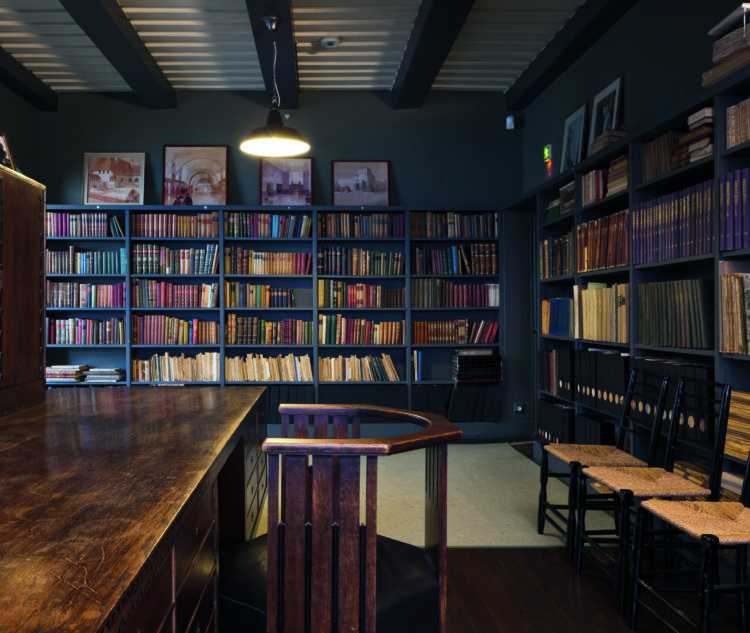
Worrying about this makes everything so impersonal. It is “ghastly good taste” when rooms are bound too tightly in decorators’ edicts. This came, suspects, Irving, from the mother of interior design as a business; Elsie De Wolfe who said in 1913:
“We are sure to judge a woman in whose house we find ourselves for the first time, by her surroundings. We judge her temperament, her habits, her inclinations, by the interior of her home. We may talk of the weather, but we are looking at the furniture.”
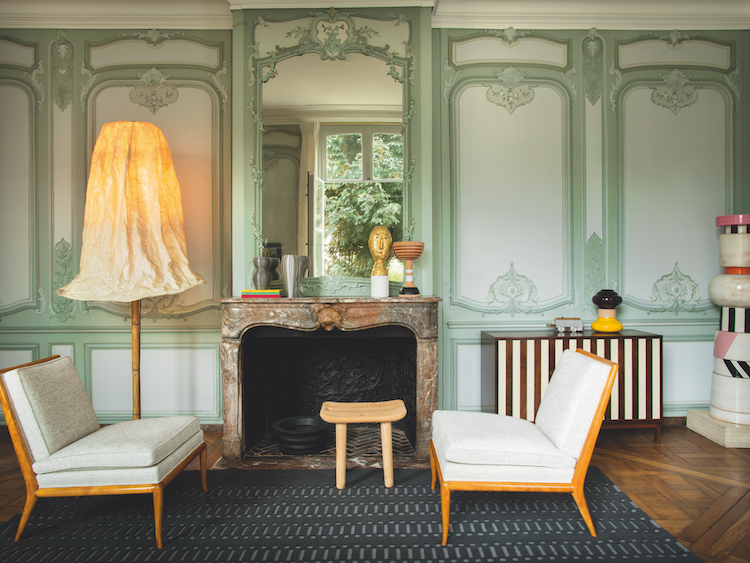
By 1974, Lesley Blanch, whose home in France, was photographed for House & Garden, summed up a change in mood when she opined: Surround oneself with the things you love and your house will make you happy. I never decorate, I just make sure that I’m going to be comfortable and let the effect come with the living.”
Sadly that hasn’t been the common advice from many decorators over the years but it was right then and it’s right now. And that is how we should all aspire to create our homes regardless of what other people may think.
Next Monday I’m going to look at 1900 to 1950s with some of the rooms from the book and will be sharing more insights.
All these images were courtesy of Phaidon which has, in turn, received permission from everyone concerned to reproduce them for the book and for press. Be careful if you pin – you may not have clearance.





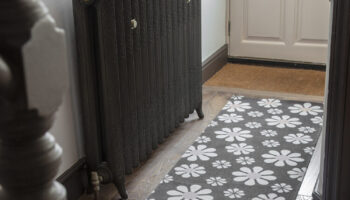
That’s a remarkable post and yes I do read the books on interior design a lot. If you ask me, they are the better know how for people to know how to decor their home space in style.
Please do consider Arts and Crafts style. I was fortunate to move into a small house recently- seems to call for a bolder dimensions, colours than I am used to.
A fabulous deviation Kate. Many of these exceptional rooms could have been found in the expensive, The World of Interiors magazine for a great many years, but a savvy idea to compile the best in a book.
I do wonder if the premise Interior books are not popular, how Ryland Peters & Small do so well with their books? It’s all dream stuff of course but a source of inspiration and enjoyment.
I think the truth is that that they don’t sell in huge numbers, which is what publishers want! It’s still quite a niche subject – however, we feel about it (!) and the books do well but not like cookery books for example. The wind was slightly taken out of the market by magazines and blogs although it is coming back now.